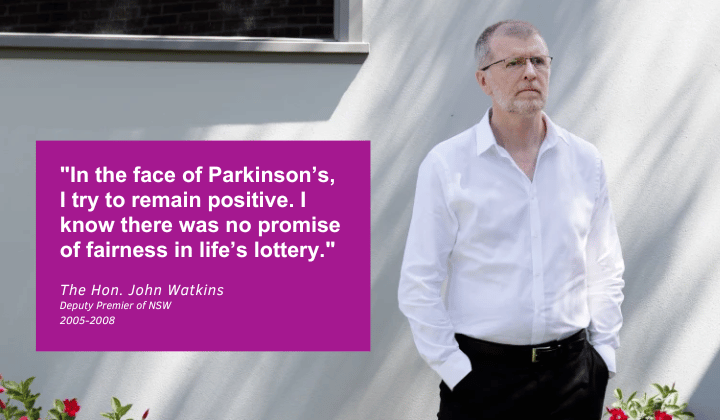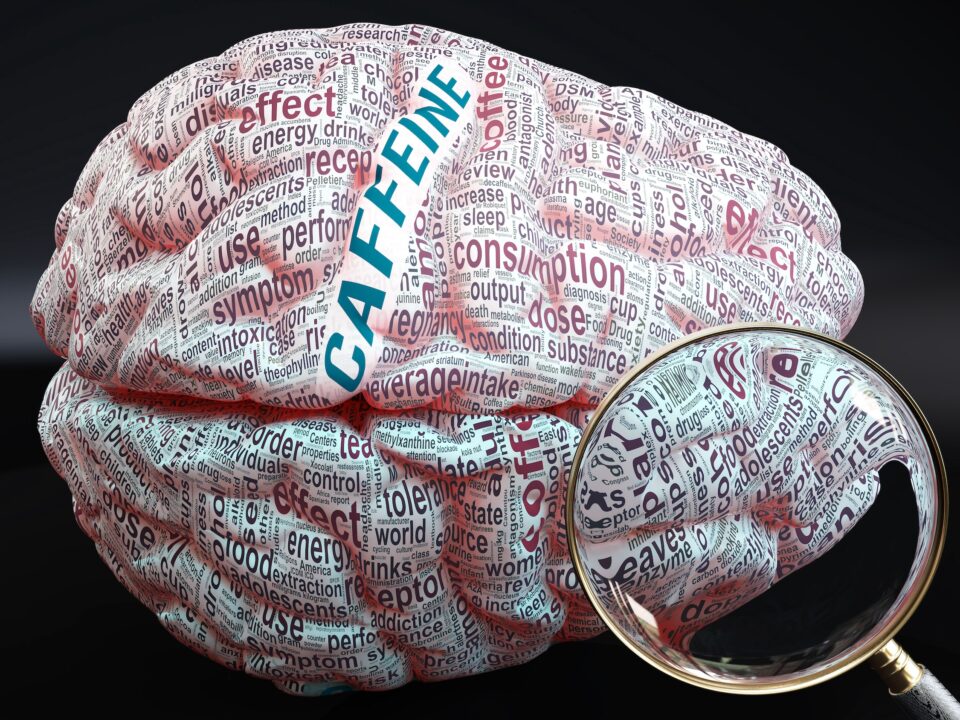There are many ways to help someone experiencing a panic attack, but the most important things are to remain calm and help in the ways that they ask for.
A panic attack is a brief but intense rush of fear. These attacks involve symptoms similar to those experienced when facing a threat, including:
• Intense fear
• A sense of doom
• Sweating or chills
• Shaking
• Pounding heart
• Difficulty breathing
• Head and chest pain
Panic attacks differ from a typical fear response because there’s no actual threat involved. Panic attack triggers aren’t always easy to identify, so people who have one attack often worry about having more, especially in public.
Panic attacks usually feel very uncomfortable and cause significant distress. Many people believe they’re experiencing a heart attack or other life-threatening issue.
If you know someone who experiences panic attacks, there are several things you can do (and avoid doing) to help them in the moment.
Remain calm
Keeping your cool is one of the best ways you can help.
Even if you feel a little afraid yourself, stay calm. If your voice seems to help (and they haven’t asked you to keep quiet), talk with them in a calm voice.
What to say:
• Reassure them you won’t leave or judge them
• Remind them the attack won’t last long
• Tell them they’re safe
• Ask how you can help
Most people who experience panic attacks or live with other types of anxiety have their own go-to coping methods. When offering support, keep in mind your loved one knows best when it comes to what will help most.
During an attack, however, they might find it harder to communicate this. Consider asking in advance how you can offer assistance if they experience an attack around you.
What if they want me to leave?
As long as they’re not in immediate danger, take a few steps back and give them some space. Stay nearby so you can still keep an eye on things and let them know that should they change their mind, you’ll come right back.
Learn the warning signs
If you haven’t already, take some time to familiarise yourself with the early signs of a potential panic attack. Panic attacks commonly begin with:
• A feeling of terror or dread
• Hyperventilation or shortness of breath
• Feelings of choking
• A pounding heart
• Dizziness and shaking
Not everyone experiences panic attacks in the same way, so it’s best to ask what signs they tend to experience.
Focus on action over words
A soothing, familiar voice helps some people but try to avoid repeatedly saying things like “don’t worry” or asking them if they’re alright over and over. Of course you mean well, but your words may not have much benefit in the moment.
Take action with your words by:
• Asking if they want to leave the room and go somewhere else
• Reminding them to keep breathing
• Engaging them in light conversation, unless they say they don’t want to talk
Validate their distress
People often have a hard time sharing their experiences with mental health issues, including panic attacks.
Outsiders often don’t understand the fear caused by panic attacks and may even consider it illogical. But the response is real, and the person experiencing the attack can’t control it.
An empathic response can be as simple as, “That sounds really tough. I’m sorry you experience that. Let me know what I can do to support you.”
Don’t compare normal stress and fear to panic
Maybe you’ve felt stressed or terrified in a dangerous situation. You might even have anxiety yourself. These experiences aren’t quite the same as a panic attack, though. Avoid trying to draw comparisons between your different experiences. Unless you also get panic attacks, you probably don’t entirely understand how they feel.
They may also feel:
• Helpless
• Unable to manage what’s happening
• Physical pain or discomfort
When to get help
It can be frightening to watch someone have a panic attack, but at what point should you bring in additional help? It’s hard to say.
Calling your local emergency number might seem like the safest move, but this can often make the situation even more stressful for the person having a panic attack.
Simply sticking around and seeing them through the experience might not feel like much to you, but it can make a significant difference for the person having the attack.
That said, reach out for emergency help if:
• Chest pain feels like squeezing (not stabbing) and moves to their arms or shoulders
• Symptoms persist for longer than 20 minutes and get worse, not better
• Shortness of breath doesn’t improve
• Pressure in the chest lasts more than a minute or two
Sources:
Original article by Crystal Raypole





